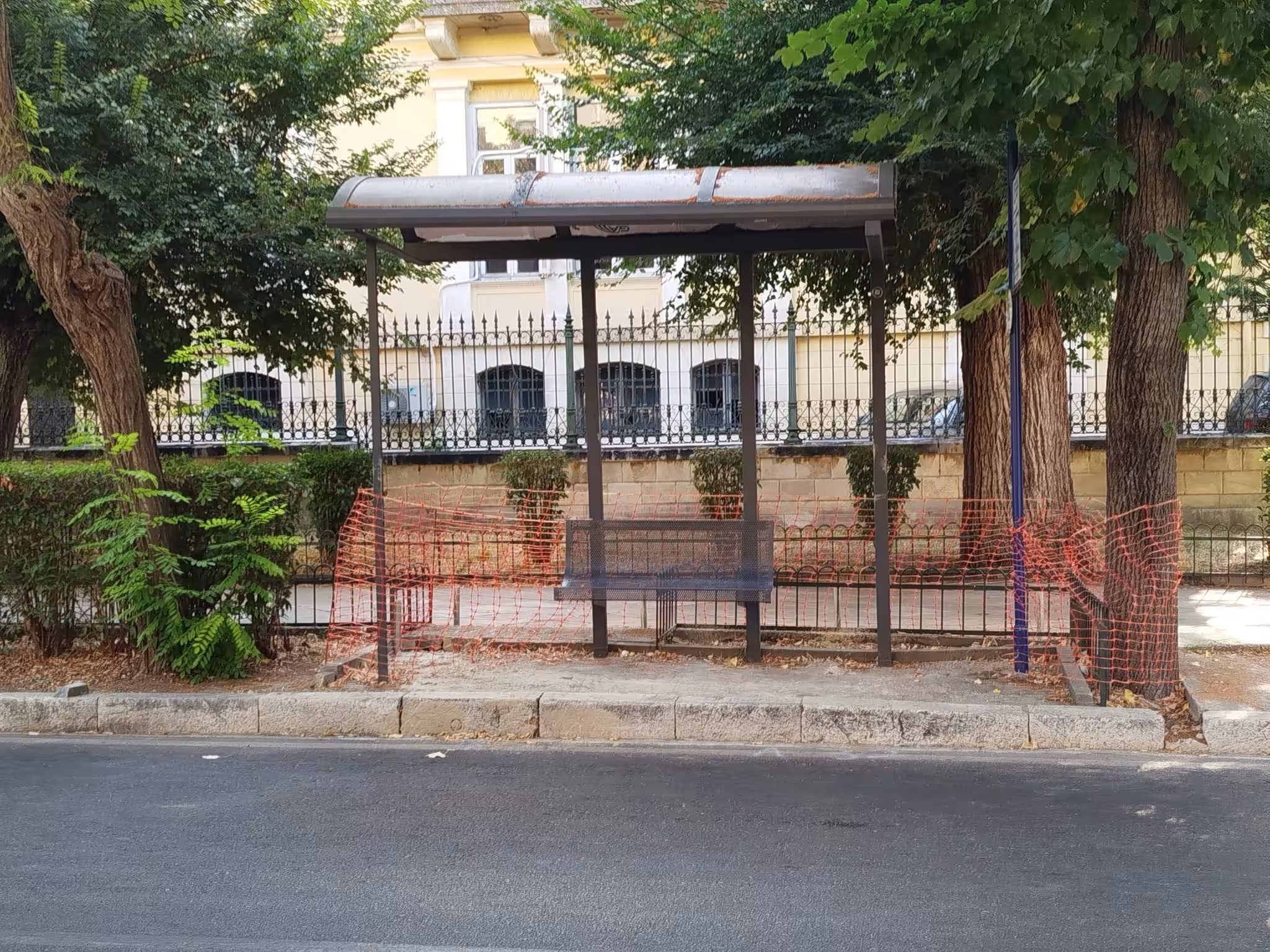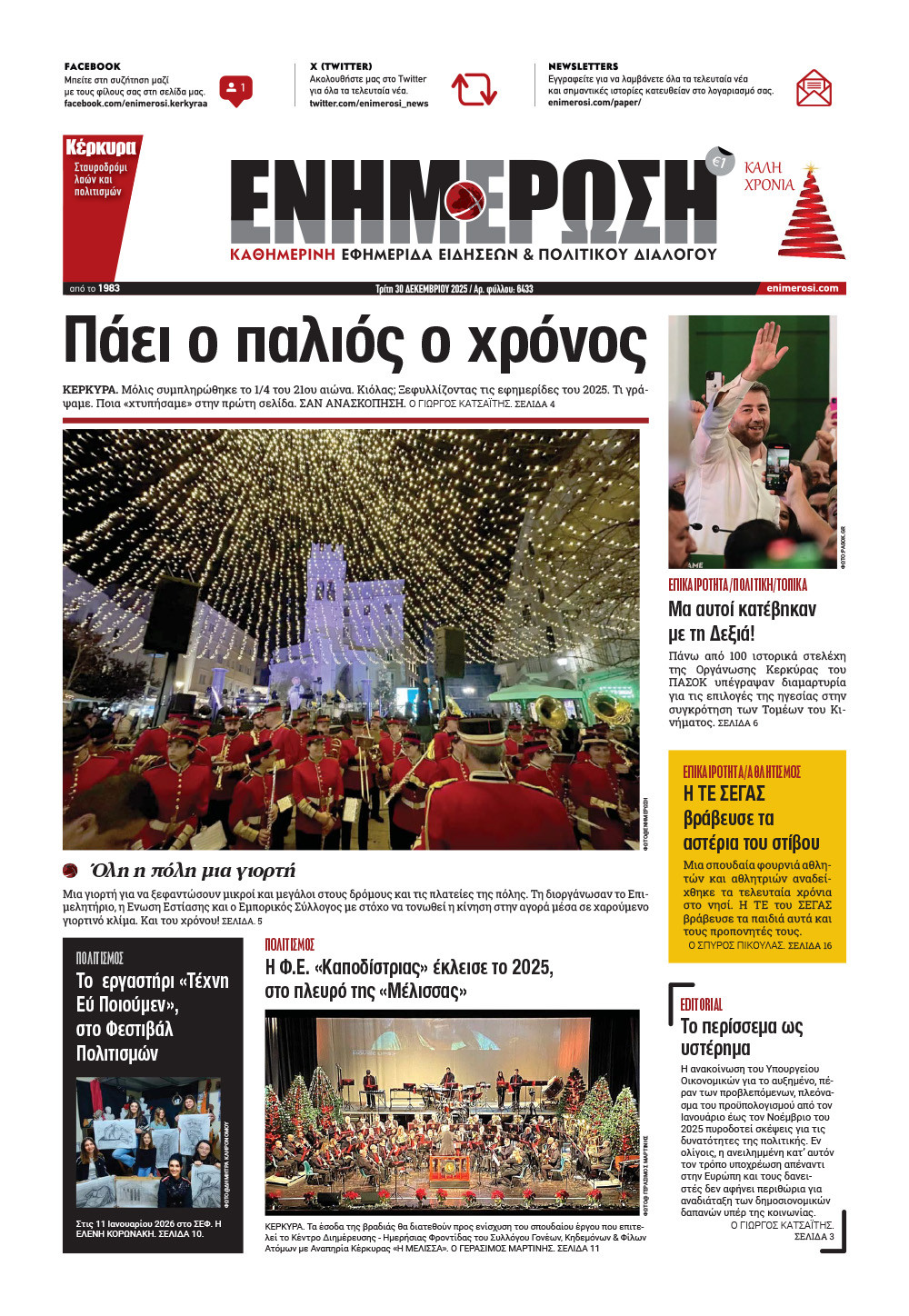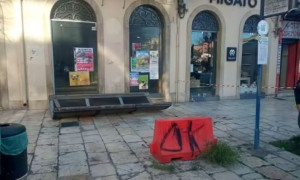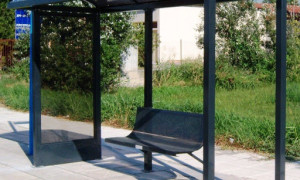Construction of bus shelters

CORFU. The project was approved in 2019; however, its implementation has begun six years later. The contractor is the company Top Vision, and the project has a total budget of 133,469 euros.
After a long wait and significant delays, the project for installing shelters at bus stops has begun, as part of the 'Philodimos II' programme. The project has a total budget of 133,469 euros, of which 100,000 euros are covered by the programme and the remaining 33,469 euros come from the Municipality’s own funds.

The project was approved since 2019; however, its implementation has begun six years later. The contractor is the company Top Vision, which had also been selected during the initial phase of the project. Its implementation was delayed due to various circumstances, including difficulties the contractor faced in sourcing materials, as well as changes in the municipal administration that led to a restart of the procedures.
With the assumption of office by the new municipal authority, the project was re-tendered under the same terms and specifications, and Top Vision was once again awarded the contract. In collaboration with the Municipality’s Technical Services Department, the locations for the installation of the shelters have already been selected.
The plan includes a total of 36 bus stops, of which approximately 24 have already progressed to the stage of base installation. There are two types of stops—Type A and Type B—and the installation is being carried out gradually, starting with the bases (with four or six anchor points), followed by the fitting of the shelters.
Although the goal remains the full implementation of all 36 stops, it is possible that some locations may ultimately prove unsuitable for installation. In any case, the bases and shelters will be retained for potential use in the future. The shelters will remain in the familiar dark gray color, as established in previous installations.
Provided the project continues at its current pace, no further delays are expected, as the base installations have already progressed significantly. However, the completion timeline depends entirely on the planning and execution speed of the contractor.
This development is expected to enhance the daily lives of the public by improving waiting infrastructure at public transportation stops.
ANNA LAZAI






